 Organisational Capability Governance Group
Cover Sheet
Reference
Organisational Capability Governance Group
Cover Sheet
Reference
OCGG/20/33
[Obtained from the Executive Services team]
Paper title
Fleeing driver events: Cross-jurisdictional comparison of ef ectiveness of
post-event investigations
Sponsor
Deputy Commissioner Glenn Dunbier
Presenter/s
Assistant Commissioner Sandra Venables
Ti Lamusse
Prepared by
Adriana Nickless, Health and Transport Policy, Policy and Partnerships
Kelly Larsen, Fleeing Driver Programme Manager
Meeting date Tuesday 17 November 2020
[Paper is due with ES six working days before scheduled meeting date]
1982 to
Consultation required
Unless specifically directed by the paper’s Sponsor, the paper should be presented to at least one of the four sub
governance groups in the first instance, using the appropriate governance group paper template.
If the contents of this paper are such that they are to be presented to the SLB only, consultation may stil need to be
undertaken with other work groups / service centres / districts to ensure their views have been sought and are accurately
reflected in this paper.
For consultation purposes, please use the following group email addresses: ‘DL_Assistant Commissioners’ and
‘DL_GovernanceConsultation’. These email lists are frequently updated.
Please double click the boxes to tick which groups / individuals have been consulted regarding this paper and include their
feedback in the Feedback Received section
Police under the OIA
Tick Group / individual
Specify, if required
Assistant Commissioners
Executive Directors
Consultation Group (SLB Papers)
District staff (specify)
External (specify)
Other (specify)
While a sponsor can exempt a paper from seeking consultation this should be an extremely rare occurrence. If your
Sponsor deems consultation to be unnecessary, a full explanation must be provided below:
by New Zealand
TRACKING:
(for ES use only)
Released
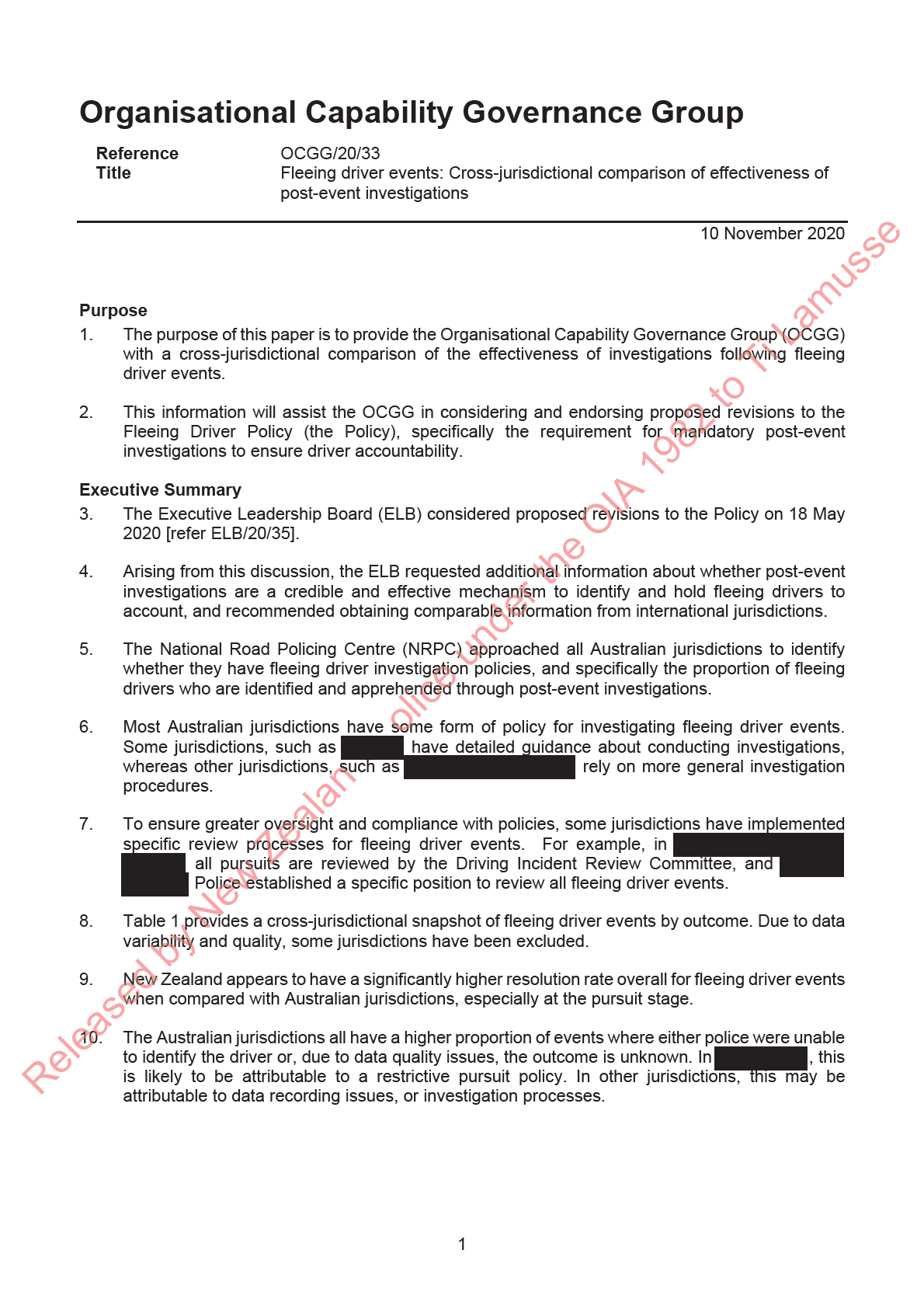

• Of icers elect not to initiate a pursuit
• Of icers initiate, but then abandon a pursuit
• Of icers initiate a pursuit, but the driver subsequently abandons the vehicle and is unable
to be located.
18. The proposed Policy revisions emphasise that where a fleeing driver event does not result in an
apprehension, there must be a robust investigation to identify the driver and hold them to account.
Where immediate follow up is required, the Pursuit Controller wil direct an available supervisor
to lead these enquiries. Follow-up enquiries may include obtaining vehicle registration details
(e.g. using CCTV), locating the vehicle, or speaking with the owner or hirer of the vehicle.
19. The rationale for this change is that by requiring officers to undertake robust investigations, rather
than initiating or continuing pursuits Police wil manage high-risk drivers in a way that:
• reduces the number of pursuits;
• increases public and staf safety;
• increases fleeing driver accountability; and
• enhances public trust and confidence.
1982 to Ti Lamusse
20. The following case studies demonstrate this change in approach to identifying and apprehending
fleeing drivers and what good practice wil be going forward
Case study 1
Police observed a vehicle with fully blacked out windows with tints on both sides, which
appeared to have two male passengers. After running relevant checks through NIA, Police
determined the plates did not match the vehicle. There were also alerts for petrol drive-offs
over the last couple of days. For a brief period, Police followed the vehicle at road speed (50
km/h). Police then signalled the driver to stop with red and blue lights because of the alerts
and plates. The driver failed to stop, accelerated heavily, and began driving in a dangerous
manner in excess of 150 km/h. In response, Police immediately turned off lights and did not
initiate a pursuit. Prior to signalling the driver to stop, staff applied TENR and correctly
Police under the OIA
identified the risk of pursuing including to public and Police safety, was very high due to the
time of day. This risk outweighed the need to immediately apprehend the driver for the petrol
drive-off alerts. Police determined the best approach in this situation was to not engage
further, and to undertake follow-up enquiries to identify and apprehend the driver.
Case study 2 At approximately 4:10am, Police stopped at a petrol station and observed a white Subaru
station wagon in the car park near the night-pay window and a Caucasian male standing at
the night-pay window. Due to the Police presence, the individual became nervous and quickly
got into the vehicle. Police noted the NIA description of the vehicle did not completely match
the observed vehicle. The vehicle ex
by New Zealand ited the petrol station. Police followed at road speed and
signalled the vehicle to stop with red and blue flashing lights. The driver of the vehicle began
to slowly accelerate. Staff advised Police Communications and considered whether it was
appropriate to initiate a pursuit. As a result of their TENR risk assessment, Police decided not
to pursue the vehicle due to there being lines of enquiry which could be used to identify and
apprehend the driver. This included the availability of CCTV footage from the petrol station to
enable identification. Police commenced follow-up enquiries including compiling identifying
Released
information on the vehicle and driver and placing an alert on the vehicle.
Effectiveness of post-fleeing driver event investigations
21. The ELB had sought further information to determine whether post-event investigations are a
credible and effective mechanism for responding to fleeing driver events.
3
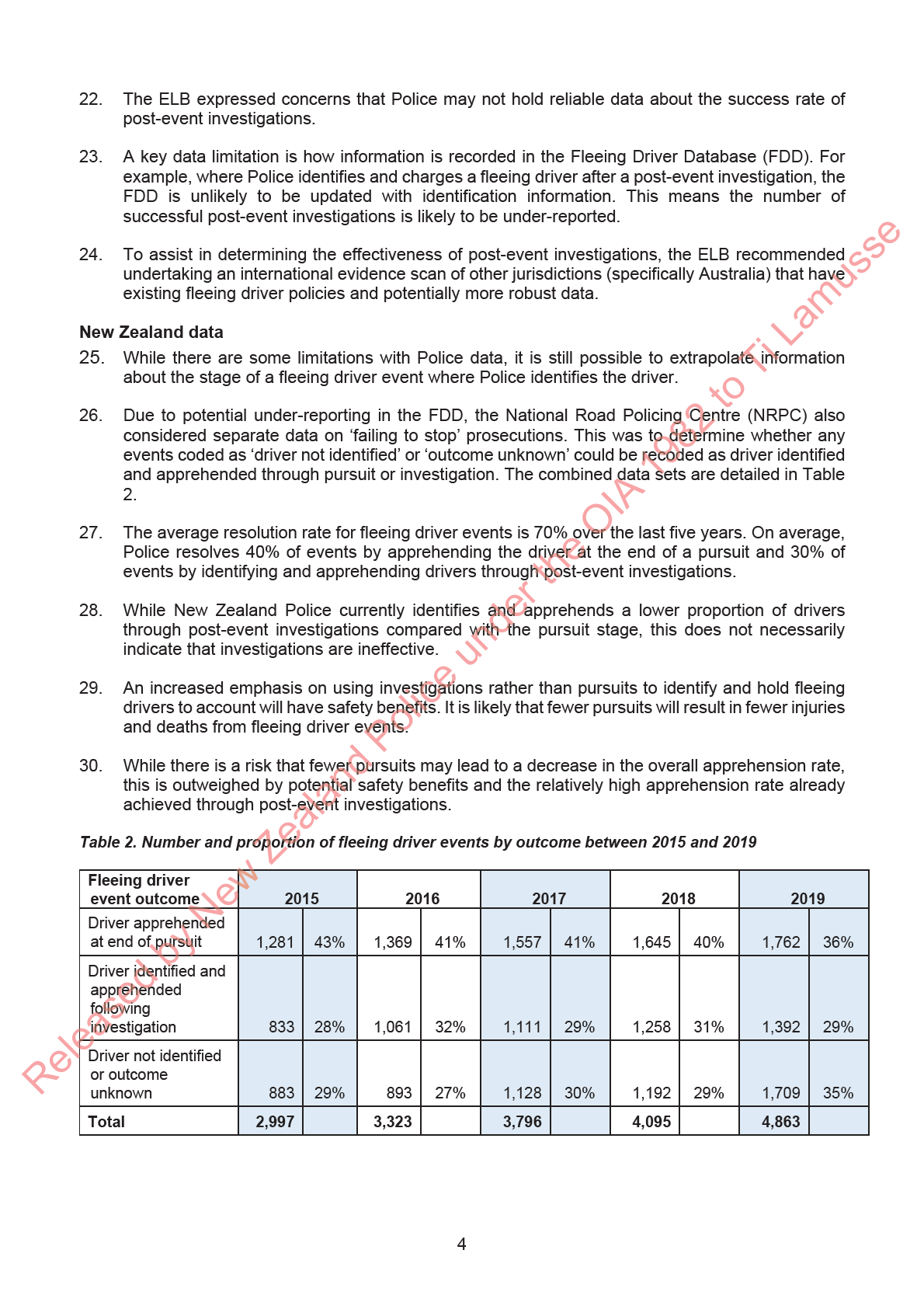

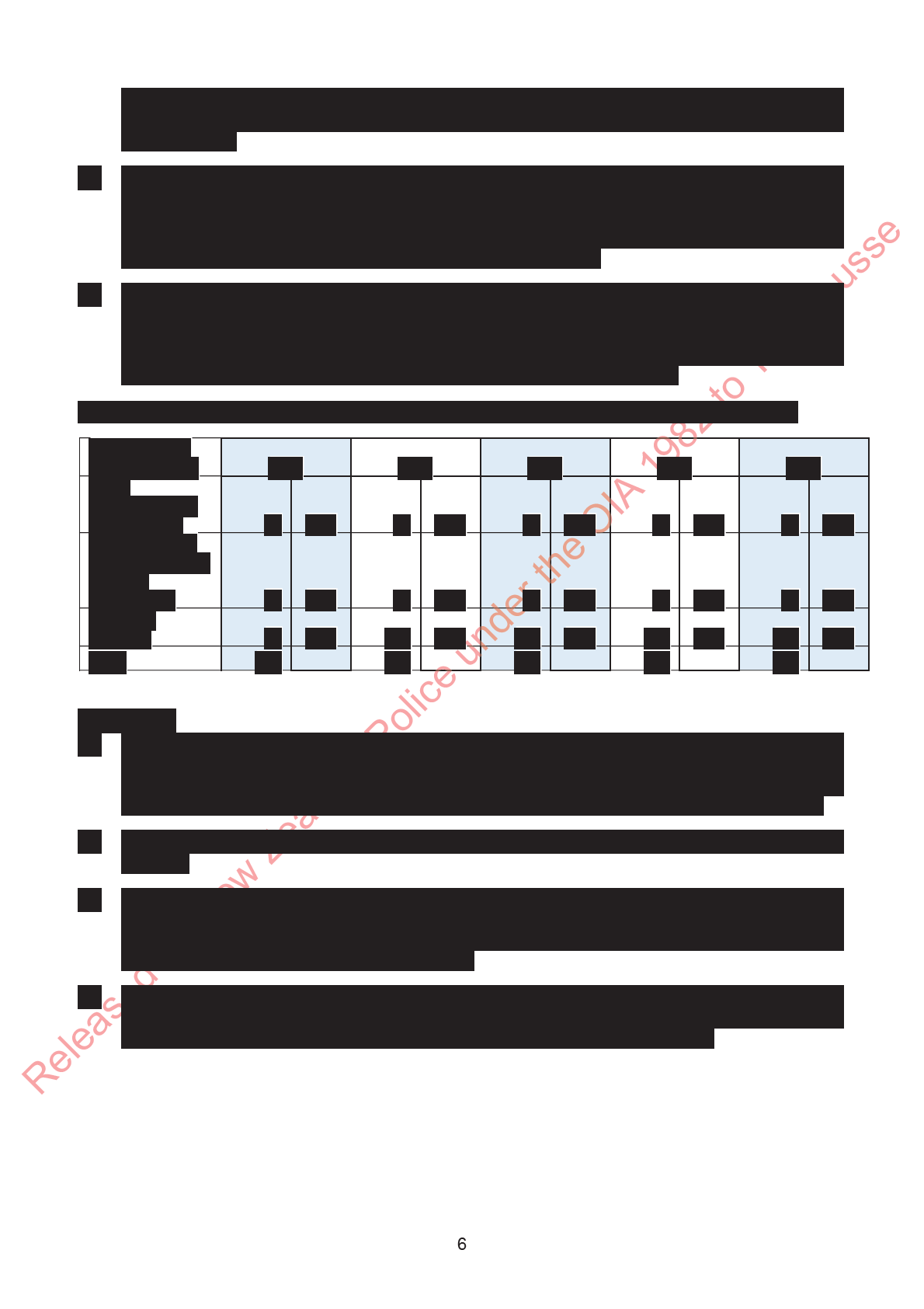
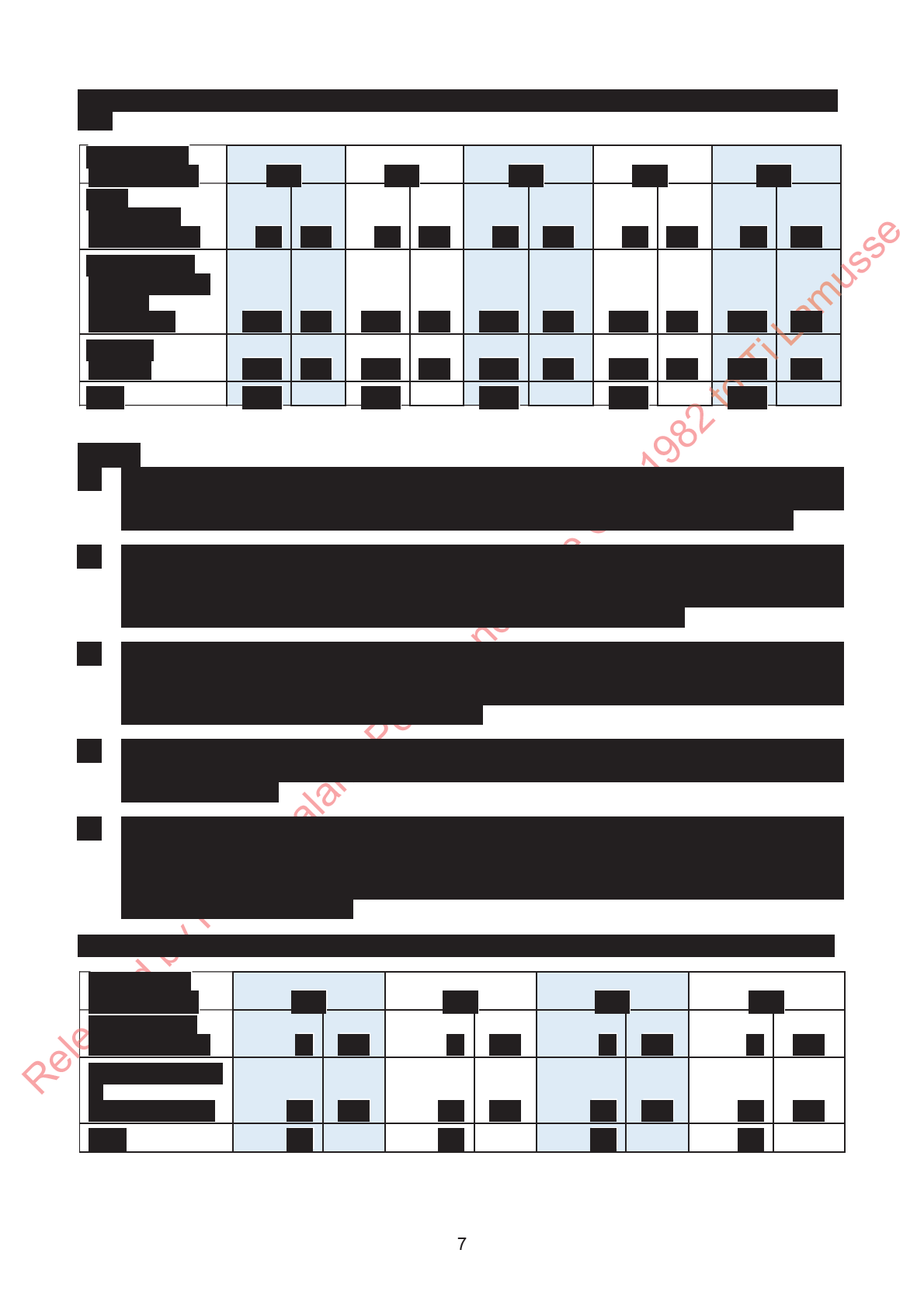
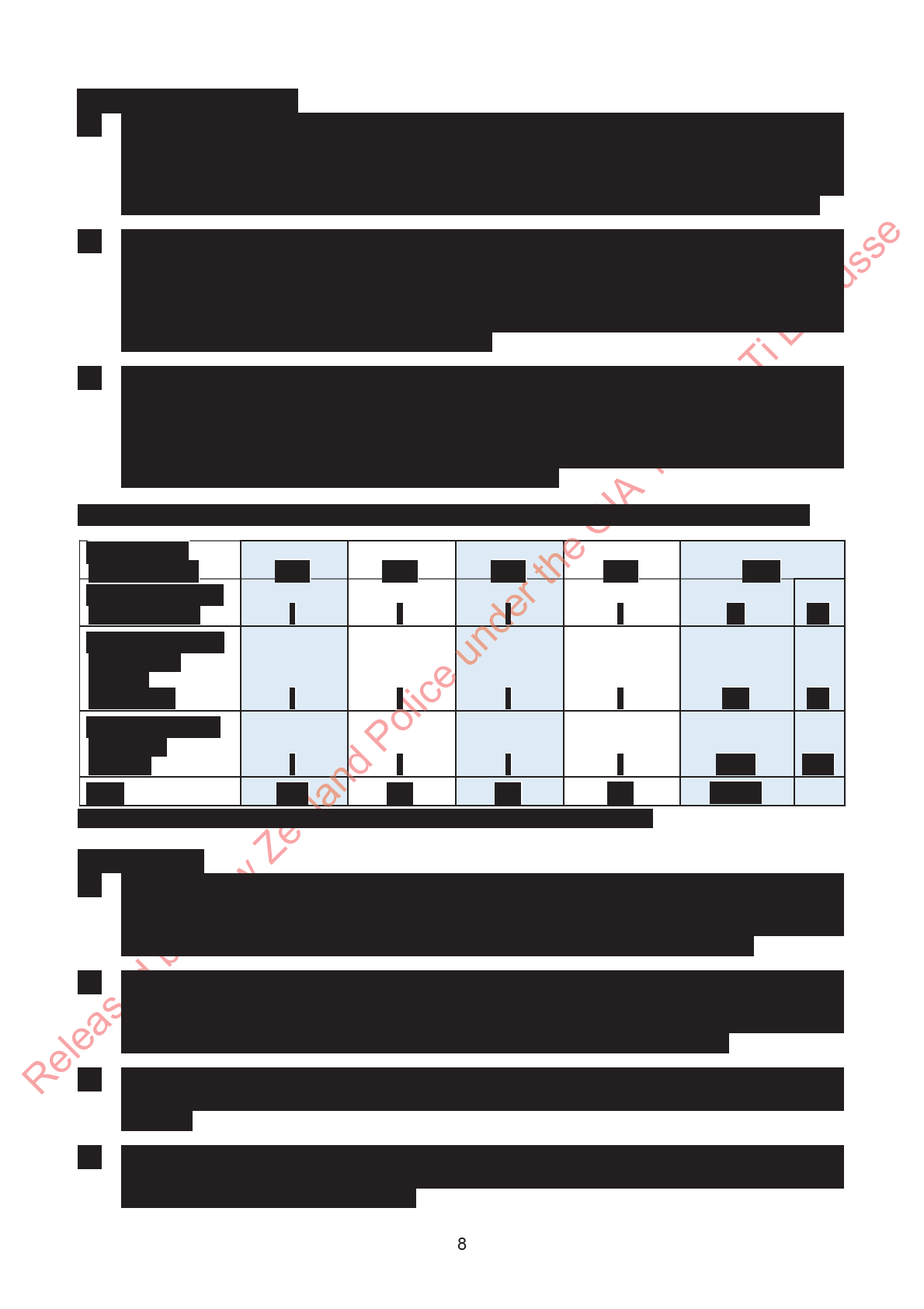

hold fleeing drivers to account may improve safety outcomes for this demographic due to fewer
injuries and deaths.
67. However, this may stil result in a disproportionate effect for Māori. For example, an investigation
resulting in criminal charges may be the entry point into the criminal justice system.
68. It may be appropriate to consider and investigate factors such as unconscious bias and
alternative justice pathways for young or first-time offenders to address potential inequities.
Alignment with strategic priorities
69. Increased emphasis on identifying and holding fleeing drivers to account through a robust
investigation process is likely to reduce the number of pursuits, which wil increase the safety of
the public and our people. This aligns with our vision and our purpose, as well as our goals of
safe roads and safe communities.
70. Ensuring fleeing drivers are held to account aligns with our functions of maintaining public safety
and law enforcement, thereby ensuring that we have the trust and confidence of all.
Legislative Implications
71. There are no anticipated legislation implications.
1982 to Ti Lamusse
Health and Safety Implications
72. An increased focus on investigations rather than pursuits to hold fleeing drivers to account is
likely to reduce health and safety risks for our people. They wil be engaging in fewer pursuits,
ensuring our people are safe and feel safe.
Training and Implementation Implications
73. Development and delivery of appropriate, ef ective training wil be required to achieve the mindset
shift required to give effect to revised Policy.
District Implications
74. District Leadership Teams have a significant role in implementation to achieve the required shift
in mindset and culture. Action to embed the revised Policy needs to be leader-led. It will be
Police under the OIA
necessary to identify District champions to assist in this process.
Implications for other Agencies
75. There are no specific implications for other agencies.
Public Relations
76. Following the approval of the revised Policy, the Media and Communications Team together with
the Fleeing Driver Action Plan Steering Group, wil develop an appropriate engagement and
communication strategy for both internal and external audiences.
Consultation
by New Zealand
77. There was comprehensive internal consultation with the Steering Group, Senior Leadership
Team and ELB members (via the Consultation Group distribution list) on the proposed policy
revisions [refer ELB/20/35].
78. As this paper simply responds to the ELB’s request for additional information to inform decision
making in relation to the paper discussed on 18 May 2020, it was not necessary to undertake
Released
further consultation.
10
Recommendations
It is recommended the OCGG:
(i)
Note that ELB requested further information on the effectiveness of investigations to hold fleeing
drivers to account, specifically information from other jurisdictions.
(ii)
Note that this paper is intended to assist the ELT in considering and approving the revised Policy
and should be considered alongside the paper discussed on 18 May 2020 [refer ELB/20/35].
(iii)
Refer to the paper submitted to the ELB meeting [ELB/20/35] for recommendations to approve
the revised Policy.
_________________________________
Glenn Dunbier
Deputy Commissioner: District Operations
1982 to Ti Lamusse
Police under the OIA
by New Zealand
Released
11
 Feedback received
Reference
Feedback received
Reference
OCGG/20/33
Title
Date paper sent for
consultation
1982 to Ti Lamusse
In the table below, please record the names of those people consulted, their feedback and your action or recommendations. Please clearly state if no response is received from any
parties. If consultation has not been undertaken, a full explanation must be provided on the Cover Sheet.
Name / position / Feedback provided
Action taken or recommended following the
workgroup / agency
feedback
Police under the OIA
by New Zealand
12
Released









